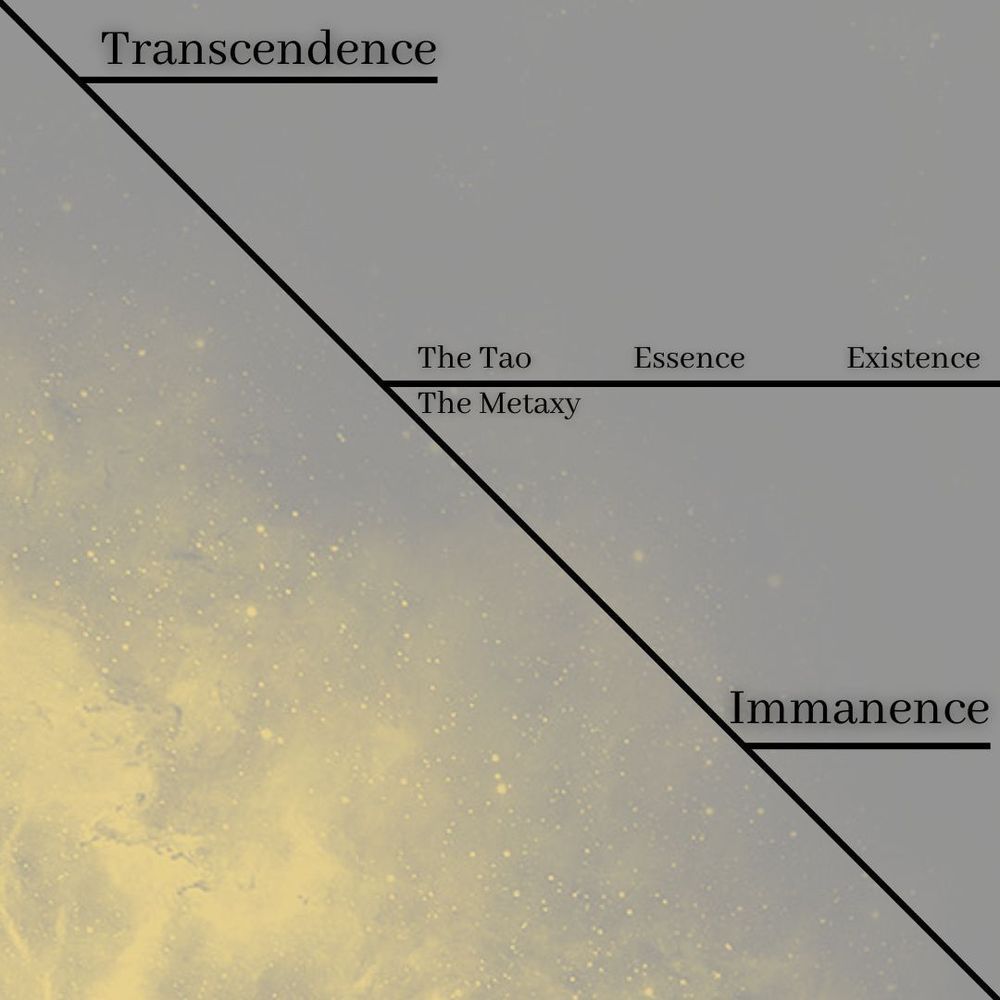TDE Note: Daughter Meg is spending seven weeks in Krakow, Poland, studying and volunteering at the John Paul II Institute. She says it's beautiful. This young man appears to agree.
I landed in Kraków in the late afternoon of a late December day. The sun had already set. A light fog cast the city through a gray filter. On that quiet Monday evening, the streets were filled with men in checkered flat caps, old Polish women selling obwarzanki krakowskie behind blue carts, and white horses drawing white fiacres across the reddish, wet cobblestone. There was a family standing outside an Orthodox church intently trying to make out the intonations of liturgical chant flooding the street. Across from them stood a bronze sculpture of a three-legged horse with his head turned downward and away from the neo-Baroque theater up the street, as if it was shunning the artistic achievements of a people who had amputated one of his legs. Masks were rare, and no one challenged me to prove that I had been vaccinated. The city’s inhabitants freely congregated and embraced in cafes, pubs, and restaurants without undergoing a ritualistic masking and unmasking.
On a map, Kraków’s Stare Miasto (old town) looks like a brussels sprout on the stem of the winding Vistula River. It is the most beautiful area of the city with its richly decorated, four-story, pastel Baroque buildings. The old town is well-aired and the streets grid-like, unlike the labyrinthine inner districts of Vienna or Prague, and encircled by a horseshoe-shaped park where people seem to retreat for pensive walks or conversations down tree-lined paths illuminated by tall, antique street lamps. There seems to be a Catholic church on every block. Each one is an architectural and artistic masterpiece; each deserves attention and admiration. As I walked through the old town, people streamed out of churches and into the market life of the town and vice versa. I often saw nuns, seminarians, and priests praying their beads in the streets or along Planty Park. Nativity scenes in glass cases like colorful palatial dollhouses were scattered throughout the city’s corners, squares, and parks. A festive jollity seemed to intoxicate the whole city. I walked into a restaurant on the Florianska where a Polish folk music troupe performed for a small gathering. A middle-aged Polish lady, wanting to join the conviviality, got up from the table next to me and began to dance, twirling and kicking her legs in a surprising feat of agility. It didn’t last long. She fell backward onto the carpet with a thud. Her friends helped her get up, all of them laughing as if this was a habitual occurrence over decades of friendship.
I headed south and entered the market square, the heart of the Stare Miasto, where I found a luminous Christmas tree apparently cut from a primeval forest previously untouched by human hands. The square is bisected by the Sukiennice—a two-tiered Renaissance structure with loggias along its length and a long pedestrian corridor with a barrel vault ceiling down its center. St. Mary’s Basilica stands in the northeast corner, apart from the square’s perimeter of neat buildings positioned shoulder to shoulder. Every hour a Polish trumpeter in the tower plays a bugle call that permeates the air like a heavy mist. The eastern side of the square was packed with temporary wooden stalls selling an eclectic assortment of goods, food, and drink. Stocky Polish men stood behind grills and shifted steaming stacks of reddish-orange kielbasa and ham hocks next to a stall filled with tilting stacks of rounded loaves of bread. Small groups escaped the noise of the market for easy conversation and a cigarette by the medieval clock tower on the other side of the square.










